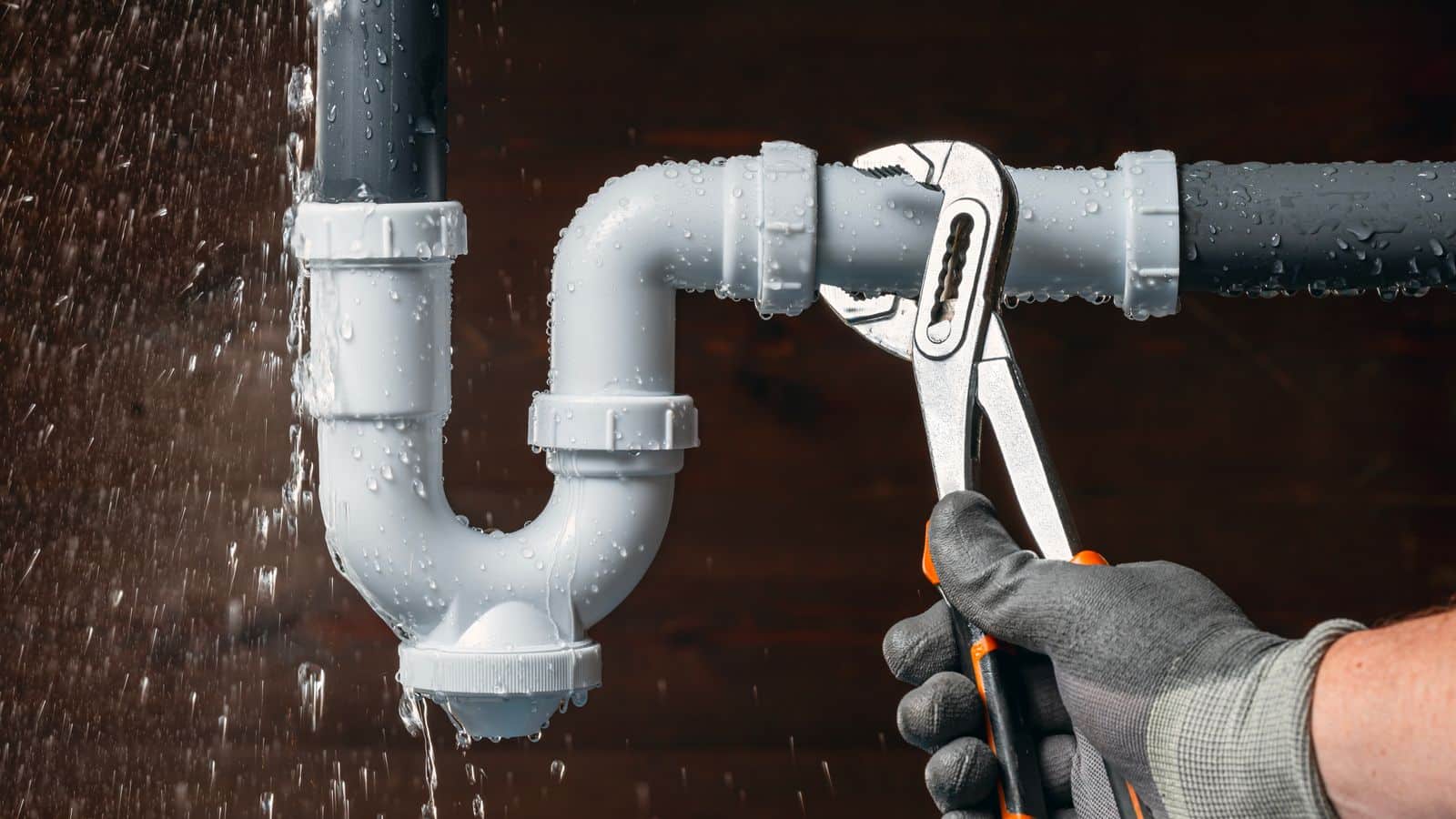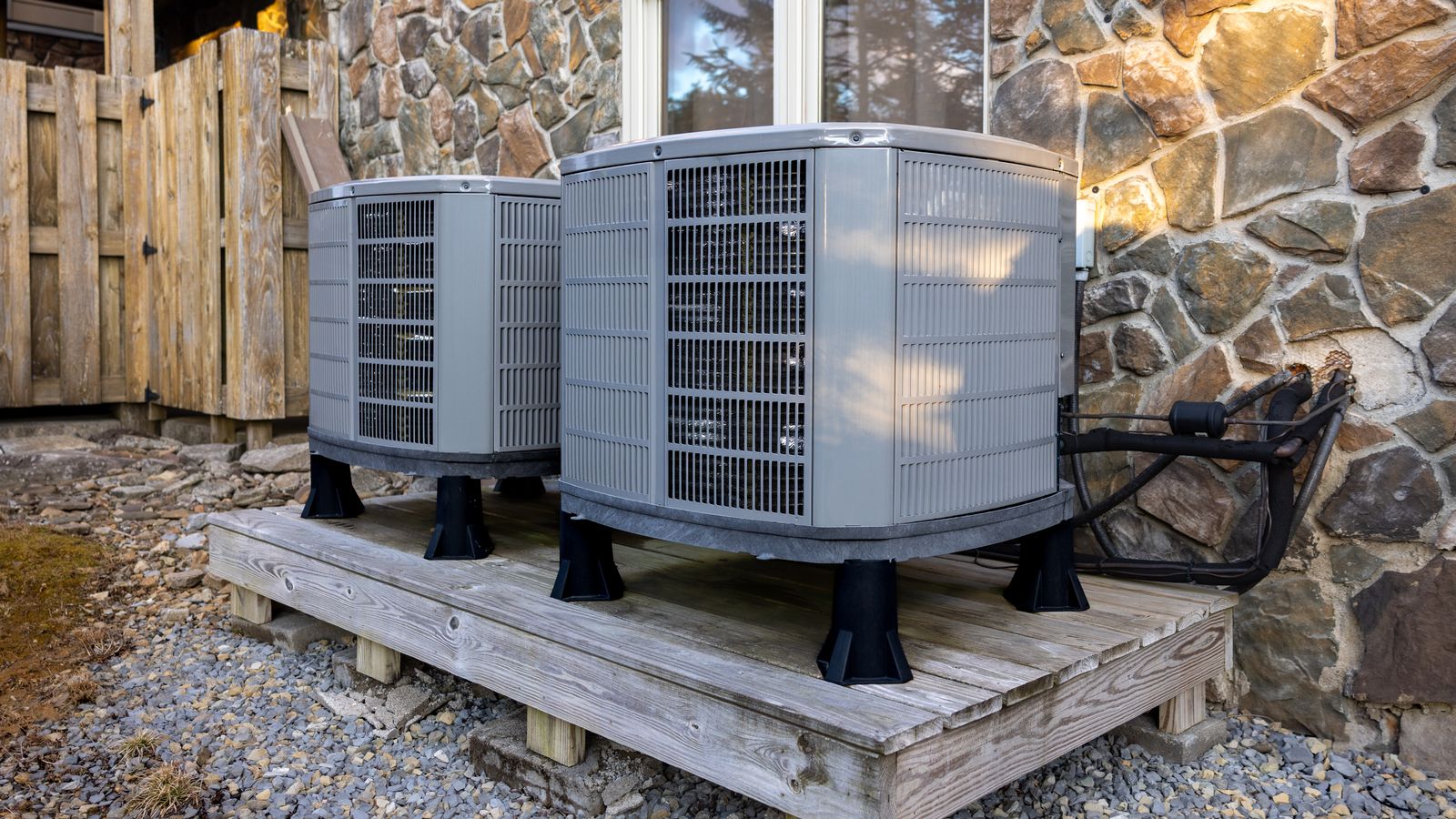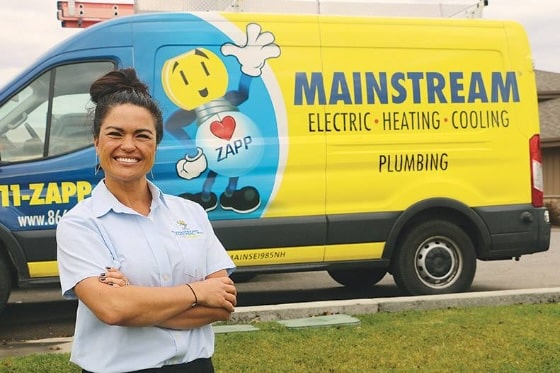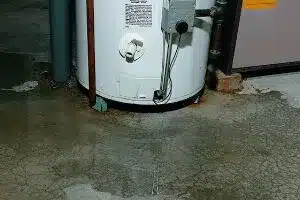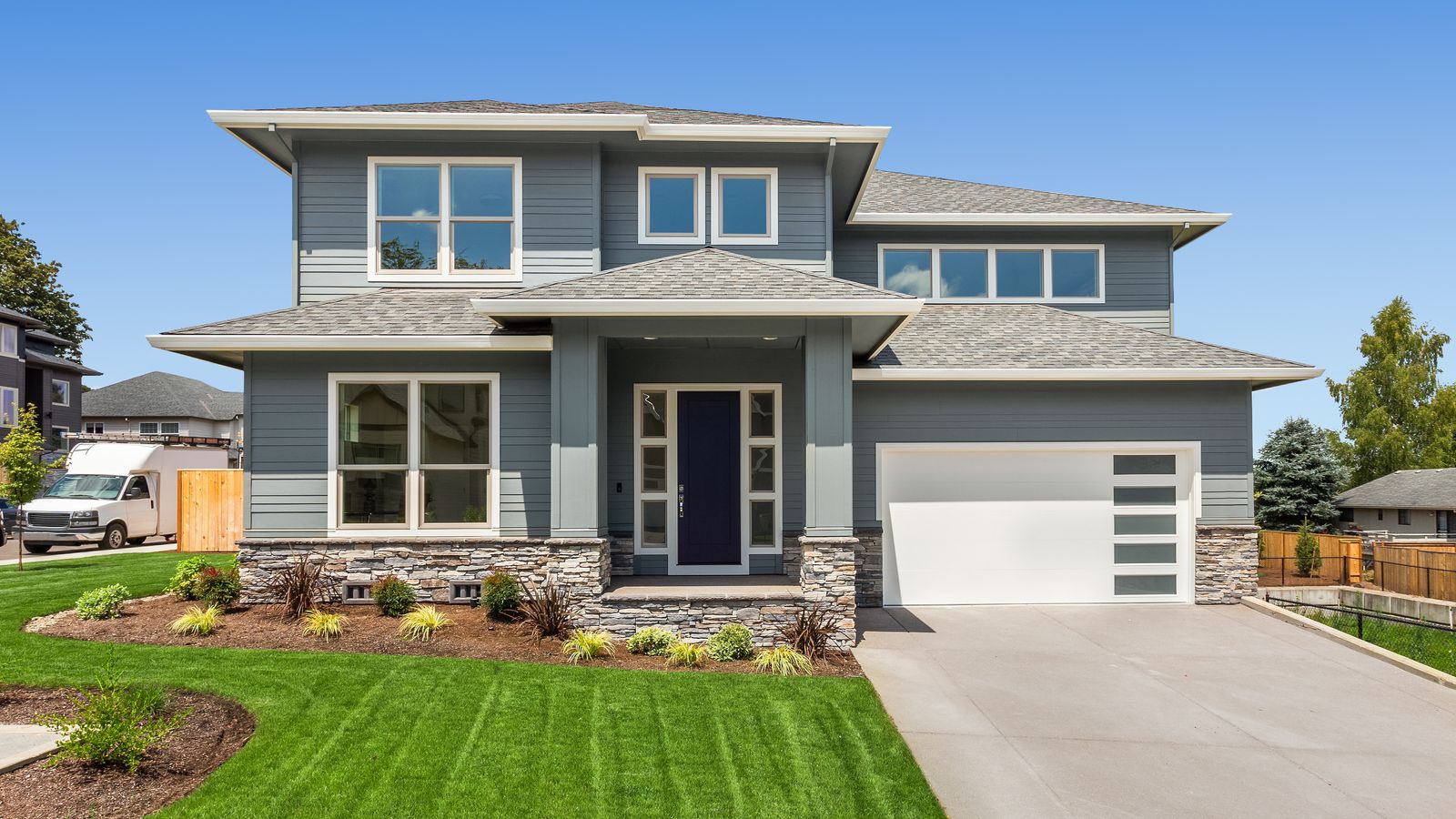If you’ve ever seen “AUX heat” or “auxiliary heat” appear on your thermostat, you may have wondered what it means. Auxiliary heat is a vital part of many HVAC systems, especially during Spokane’s colder months. It ensures your home stays warm and comfortable, even when outdoor temperatures drop or your heat pump needs a little extra help.
Understanding Auxiliary Heat
What Is Auxiliary Heat?
Auxiliary heat acts as a backup to your primary heat pump. It kicks in when your heat pump alone can’t keep up with your thermostat setting, often during very cold weather or when you need to quickly heat your home.
Think of it as your heating system’s support team—stepping in to provide a boost when needed. Unlike your heat pump, which transfers heat from the outside air, auxiliary heat uses electrical resistance elements to create warmth, similar to a space heater.
When Does Auxiliary Heat Activate?
- During Cold Weather: Auxiliary heat typically turns on when outdoor temperatures drop below 35°F. At these temperatures, your heat pump may struggle to extract enough heat from the air, so auxiliary heat steps in to help.
- Quick Temperature Changes: If your home’s temperature is much lower than your thermostat setting—like when you return from a trip and raise the heat several degrees—auxiliary heat activates to warm your home faster.
Managing Auxiliary Heat Usage
While auxiliary heat is essential during colder months, managing its usage can help control energy costs without sacrificing comfort:
- Monitor Your Thermostat: Gradually adjust the temperature to prevent auxiliary heat from running unnecessarily. For example, raise your thermostat one or two degrees at a time instead of cranking it up several degrees all at once.
- Seal and Insulate Your Home: Proper insulation and sealing drafts around doors and windows reduce heat loss, easing the strain on your system.
- Schedule Regular Maintenance: A well-maintained heat pump works more efficiently, minimizing reliance on auxiliary heat. Regular tune-ups ensure your system is ready for Spokane’s winters.
Auxiliary Heat vs. Emergency Heat
It’s easy to confuse auxiliary heat with emergency heat, but they serve different purposes:
- Auxiliary Heat: Works automatically with your heat pump to provide extra warmth when needed.
- Emergency Heat: Manually activated when your heat pump isn’t working, relying entirely on the backup heating system.
Emergency heat should only be used in true emergencies, as it’s less efficient and can strain your system.
Auxiliary Heat in Spokane Homes
For many Spokane homeowners, auxiliary heat works seamlessly with a heat pump as part of a hybrid heating system. This combination ensures your home stays comfortable, even when outdoor temperatures plunge. Here’s how these systems typically function:
- The Heat Pump: Handles the bulk of your heating needs, efficiently extracting heat from outdoor air—even on chilly days.
- Auxiliary Heat: Kicks in during extreme cold snaps or when your heat pump needs extra support, such as during sudden temperature drops.
This partnership strikes a balance between energy efficiency and reliable warmth, making it a popular choice for larger homes.
In smaller spaces, like Accessory Dwelling Units (ADUs) or tiny homes, heat pumps often serve as the sole heating system. With good insulation and efficient models, these compact homes can stay warm with minimal auxiliary heat usage, even during Spokane’s winter months.
Stay Warm & Cozy All Winter With Mainstream
Auxiliary heat is an important part of staying comfortable during Spokane’s winter months. By managing its use effectively—through thermostat monitoring, regular maintenance, and home insulation—you can maximize efficiency and control your energy costs.
If you’re curious about your heating system’s performance or want to explore upgrades, Mainstream’s HVAC experts are here to help. From system maintenance to energy-efficient installations, we’ll ensure your home stays cozy and efficient all season long.
We are Heating. We are Mainstream.


